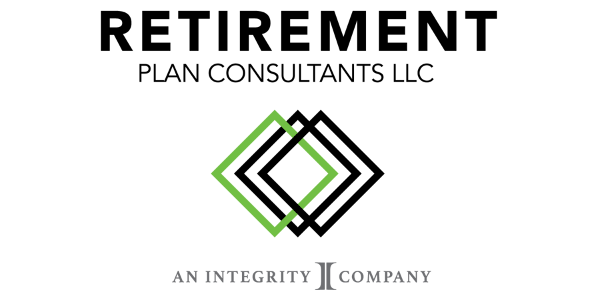On May 21, 2020, The U.S. Department of Labor (DOL) announced final rules allowing required 401(k) plan disclosures to be posted online or delivered via email. This new safe harbor rule was much anticipated since prior to the rule required notices could only be delivered electronically if employees satisfied the definition of being “wired at work” (or affirmatively opted to receive notices electronically).
Plan participants are required to receive notices and disclosures about their 401(k) plan in a secure and timely manner. The new e-Disclosure Safe Harbor Rule provides some relief from certain administrative expenses in that it will allow new forms of electronic delivery to be the default delivery method, so long as the intended recipient can be reached electronically and receives the appropriate initial notification.
The New “Notice and Access” Rule
The new rule allows plan sponsors to deliver 401(k) disclosure notices electronically to all employees that are part of the plan, regardless of their employment status. As a safe harbor, this new rule includes several requirements:
- Initial Paper Notice – Before defaulting an individual into electronic delivery, a plan administrator must first notify the individual by paper: 1) that some or all plan documents will be furnished electronically; 2) that they have the right to request and receive paper copies of some or all of the covered documents (or to opt out of electronic delivery altogether); and 3) of the procedures for exercising such rights.
- Notice of Internet Availability – A plan administrator is required to send a notice of internet availability to the employee’s email address on file each time a 401(k) plan disclosure is posted to the website. Each notice of internet availability must remind the individual of his or her right to request and receive paper copies and to opt out of electronic delivery altogether, as well as the procedures to exercise such rights.
- Covered Disclosures and Documents – Documents must be posted online on a timely basis and written in a manner to be understood by an average employee. The 401(k) documents covered by the new rule are:
- Summary Plan Description (SPD)
- Summary of Material Modification (SMM)
- Summary Annual Reports
- QDIA Notice
- Annual Notice (Safe Harbor & Automatic Enrollment)
- Investment-related disclosures (identifying information, performance data, benchmarks, fee information, etc.)
- Website Standards – Documents posted under the new rule must be maintained on the website until replaced by an updated document. Posted documents must be searchable electronically and protect the confidentiality of personal information.
- Invalid Electronic Address – Email delivery systems must include invalid electronic address alerts. Once an invalid address has been identified (e.g., email is returned as undeliverable), the problem must be fixed by sending the notice to a secondary email address on file (work email vs. personal email). If this issue is not able to be resolved, the individual must be treated as if they had opted out of electronic delivery and be sent a paper version of the documents as soon as possible, until a new valid email address has been obtained.

